The direction of the flow of current through electric circuit is
from low potential to high potential.
from high potential to low potential.
does not depend upon potential value
current cannot flow through circuit.
The correct Answer is:B
Step-by-Step Solution:
1. Understanding Current:
- Current is defined as the flow of electric charge. In most cases, this charge is carried by electrons in a conductor.
2. Identifying Potential Difference:
- For current to flow, there must be a potential difference (voltage) between two points in the circuit. This potential difference creates an electric field that drives the movement of charges.
3. Direction of Charge Flow:
- Charges flow from a region of higher electric potential to a region of lower electric potential. This is due to the natural tendency of charges to move towards a state of lower energy.
4. Conventional Current Direction:
- By convention, the direction of current is taken to be the direction in which positive charges would flow. Therefore, conventional current flows from the positive terminal (higher potential) to the negative terminal (lower potential) of a power source.
5. Spontaneous Process:
- The flow of current is a spontaneous process, meaning it occurs naturally when a potential difference is applied, without the need for external intervention.
Final Answer:
The direction of the flow of current through an electric circuit is from the region of higher potential to the region of lower potential.
---
- Current is defined as the flow of electric charge. In most cases, this charge is carried by electrons in a conductor.
- For current to flow, there must be a potential difference (voltage) between two points in the circuit. This potential difference creates an electric field that drives the movement of charges.
- Charges flow from a region of higher electric potential to a region of lower electric potential. This is due to the natural tendency of charges to move towards a state of lower energy.
- By convention, the direction of current is taken to be the direction in which positive charges would flow. Therefore, conventional current flows from the positive terminal (higher potential) to the negative terminal (lower potential) of a power source.
- The flow of current is a spontaneous process, meaning it occurs naturally when a potential difference is applied, without the need for external intervention.
The direction of the flow of current through an electric circuit is from the region of higher potential to the region of lower potential.
Topper's Solved these Questions
- BOOK - NCERT FINGERTPS ENGLISHCHAPTER - CURRENT ELECTRICITYEXERCISE - OHM S LAW7videos
CURRENT ELECTRICITY
- BOOK - NCERT FINGERTPS ENGLISHCHAPTER - CURRENT ELECTRICITYEXERCISE - DRIFT OF ELECTRONS2videos
CURRENT ELECTRICITY
- BOOK - NCERT FINGERTPS ENGLISHCHAPTER - CURRENT ELECTRICITYEXERCISE - Assertion And Reason15videos
CURRENT ELECTRICITY
- BOOK - NCERT FINGERTPS ENGLISHCHAPTER - COMMUNITCATION SYSTEMSEXERCISE - Assertion And Reason30videos
COMMUNITCATION SYSTEMS
- BOOK - NCERT FINGERTPS ENGLISHCHAPTER - DUAL NATURE OF RADIATION AND MATTER EXERCISE - Assertion And Reason15videos
DUAL NATURE OF RADIATION AND MATTER
Similar Questions
Write an expression for the electrical energy spent in the flow of current through an electrical appliances in terms of I, R and t.
View SolutionIn the circuit diagram show below, the magnitude and direction of the flow of current respectively would be -
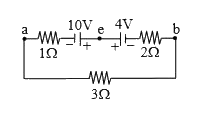 View Solution
View SolutionCurrent through XY of circuit shown is
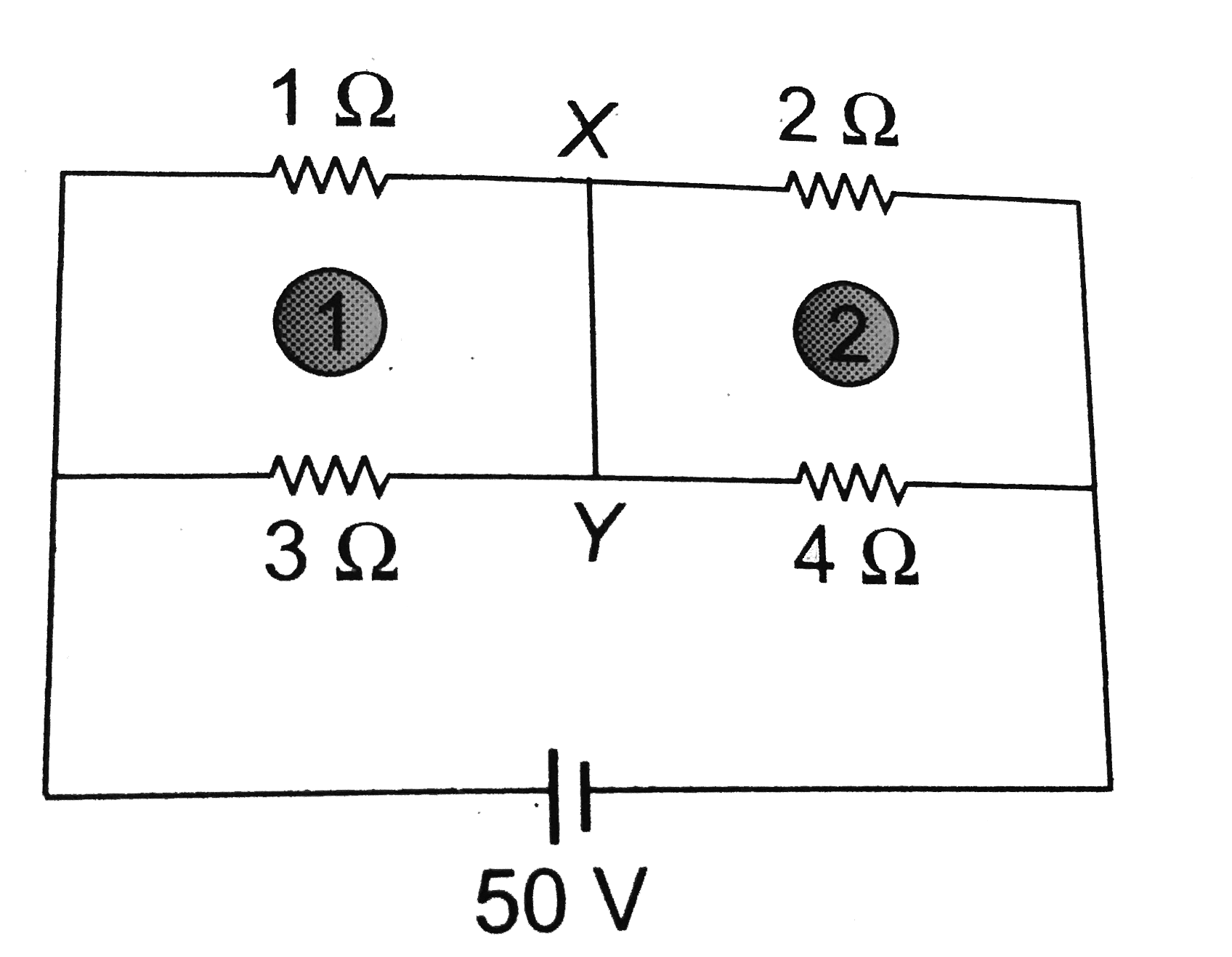 View Solution
View SolutionThe magnitude and direction of the current in the circuit shown will be
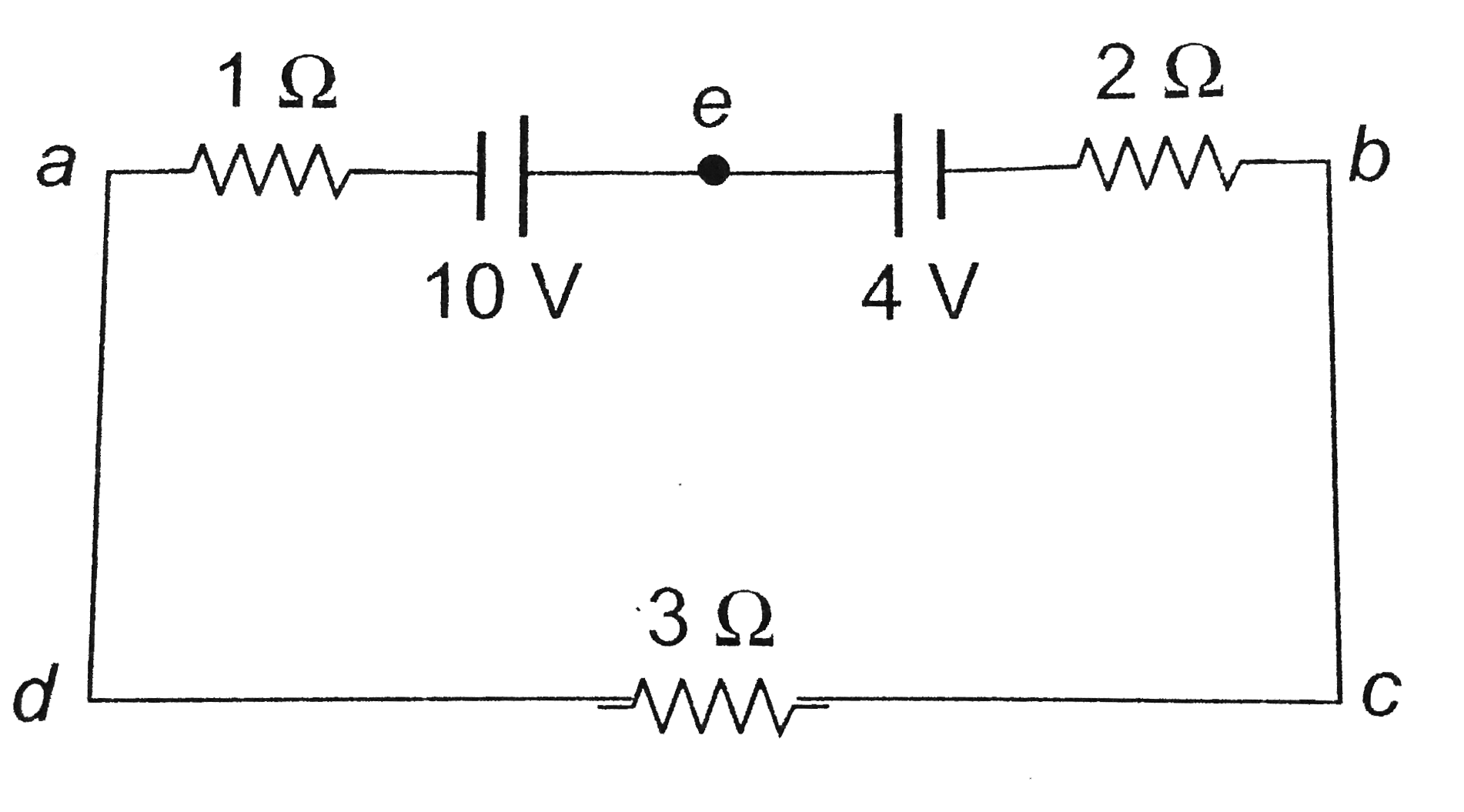 View Solution
View SolutionThe diagram shows a circuit in which a bulb is connected through connecting the wires to a cell.
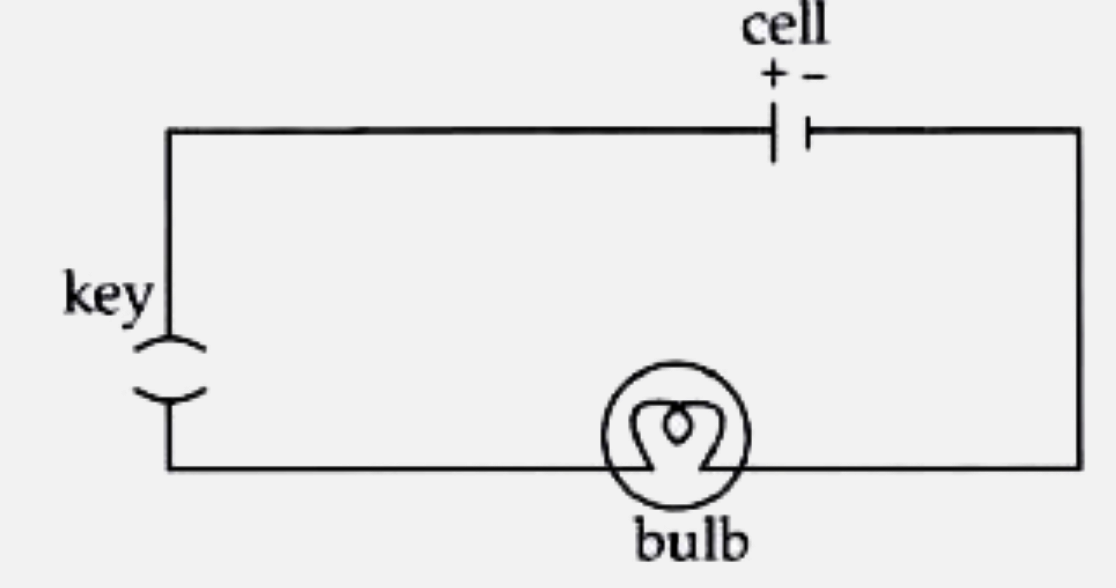
If the bulb is glowing then what will be the direction of the conventional current in the circuit?View SolutionWhen does the current flow through the following circuit ?
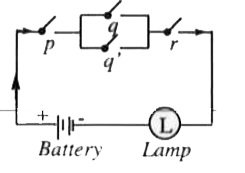 View Solution
View SolutionWhen a circuit is switched on, current flows through the circuit with the speed of light because
View SolutionMark the direction of conventional current flow and electrical charge flow in the diagram given below. Are they in the same direction?
 View Solution
View SolutionThe presence and the direction of flow of electric current is detected by a device called .......................... (ammeter/galvanometer).
View SolutionFor the circuit shown below:
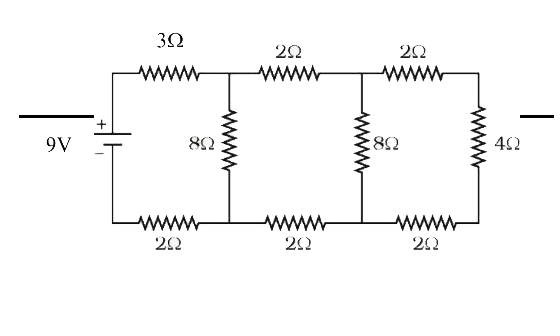
The current through theView Solution

